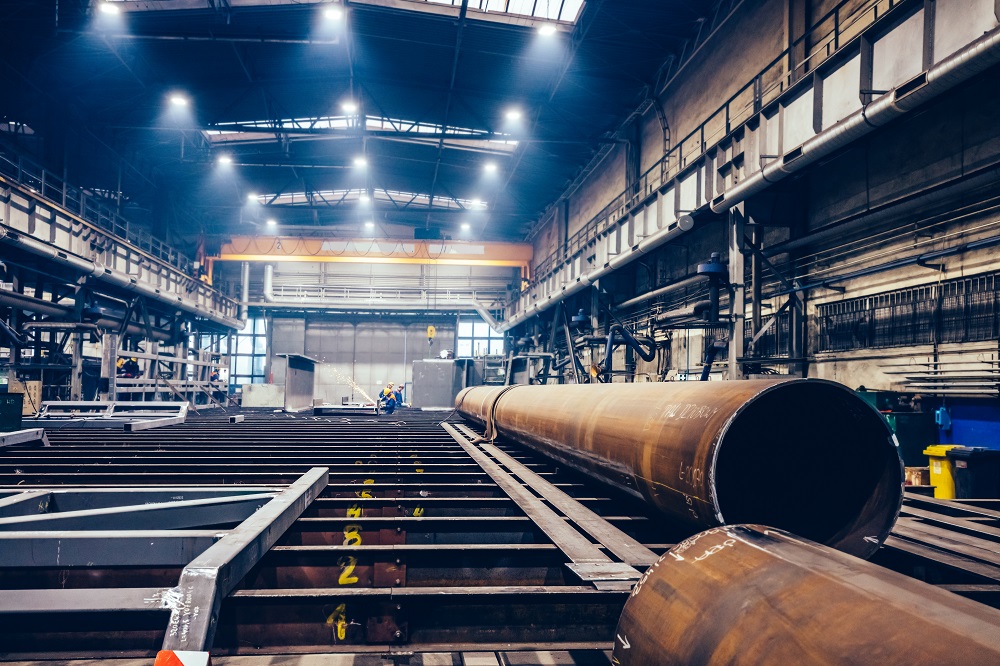Pipes play a vital role in our lives, making everyday life possible from things like oil & gas to energy. However, tube and pipe manufacturers face growing production challenges from increased competition, rising material costs, and thinner profit margins.
Formulated to address these difficulties, the WEDOLiT portfolio is known for high-performance production, emulsion stability, wetting ability, film formation, and residue-free cleaning after processing. These aspects improve efficiency during production, reducing material waste and fluid consumption and translating to lower operational costs. What’s more, many WEDOLiT products meet the industry’s increasingly stringent environmental regulations.
Read on for five common challenges in pipe and tube manufacturing, and how next-generation WEDOLiT forming fluids can overcome them:
Complex Geometry and Bending
Demand continues to rise for low weight and durable tubes and pipes. Hydroforming fluids, such as WEDOLiT FW 3500, allow for optimal material expansion to create the complex shapes needed in automotive and aerospace piping and tubing, which would otherwise not be possible with conventional cold forming.
Seamless tubes and pipes with multiple bends are also needed in sectors like energy, healthcare, and transportation. Next-generation forming fluids such as WEDOLiT FN 1170-260, specially designed for severe forming operations, are key in manufacturing lightweight products.
Material Waste
The rising cost of metal workpieces means wasted materials can substantially cut into profits. With a competitive landscape lowering margins many operations, the forming ability provided by next-generation fluids, especially in hydroforming applications, allows manufacturers to get more from their metal — creating higher-quality, stiff, and lightweight products from fewer tube blanks.
Too Many Fluid Types Needed in Manufacturing Process
Pipe and tube manufacturing is a complex production, requiring numerous stages and tools from start to finish. Many forming fluids can only be used in the forming stage, while specialty coolants and other fluids are needed for welding or cutting phases of production.
However, next-generation forming fluids like WEDOLiT FW 7651 (designed for manufacturing welded steel tubes) offers an impressive thermal stability, allowing it to be used across the entire production line, from forming to welding to calibration and sawing.
Inadequate Corrosion Protection
Similarly, most forming fluids will leave pipes and tubes needing additional products to provide corrosion protection at the end of the manufacturing process. Having to treat each product with a new type of fluid adds additional time to production and drives up material costs for extra product. Some WEDOLiT products offer their own corrosion protection, so no additional treatment is necessary. WEDOLiT industry leading dewatering fluids such as AS 3040 can eliminate multiple processes by combining dewatering and corrosion protection into one step.
Increased Costs From Multiple Reworks
The complex manufacturing process and precise shapes that pipes and tubes need to be formed into naturally increases production times. Manufacturers often have to rework pieces to smooth out imperfections and improve the quality of the surface finish. That’s why next-generation forming fluids are designed to help manufacturers nail complex bends and shapes the first time, increasing throughput, reducing labor costs, and improving overall operational efficiency.
Beyond mechanical equipment and processes, next-generation forming fluids are the greatest tools in a manufacturer’s arsenal for meeting the advanced needs of pipe and tube manufacturing. To learn more about WEDOLiT forming fluids, call +1 800-537-3365, or email us at [email protected].

